
Collaborative CRM Platforms are a relatively new concept, defined as initiatives where organizations of similar purpose with nearly identical needs work together on the development, deployment, training, support and ongoing enhancement of a CRM platform. They go beyond the collaboration of different departments within a single organization, extending collaboration to multiple, separate organizations that are closely aligned.
The groups involved are typically connected using the following structures:
- Chapters of a National or International organization
- Affiliated groups with the same mission but perhaps a different regional focus
- Members of a sub-sector of a space
The key is alignment – of mission, of constituents, of programs, and of outcomes. With this similarity comes an opportunity to collaborate around best practices including the design and use of CRM technology.
The Business Case
Collaborative CRM Platforms can dramatically lower the total-cost-of-ownership, provide a higher-functioning application, spur innovation and collaboration within a sector, and provide important insights across a sector.
To understand better how, let’s start with the simple benefits of a high-functioning CRM solution that are overwhelming positive: staff saves immense time on administration, and management has new insights to guide strategic decisions. The catch is it takes work… to design, to build, to train, to support and to enhance.
Typically, a single organization purchases a CRM for their particular needs. It then makes an effort to configure that CRM around its specific business processes typically with the use of a paid consultant. Prior to the launch of the application, significant efforts are made to migrate legacy data, train staff, and connect the application to related technology such as email service providers (ESP) or online engagement tools for things like taking donations and registrations. Once launched, internal capacity must be built to maintain productivity; typically in the form of a dedicated administrator that answers questions, trains new users, and makes simple modifications to reports and layouts to ease day-to-day activities. A consultant is often used to provide more significant system enhancements, advise on best practices, and answer tough questions.
With a Collaborative CRM platform, organizations of similar ilk pool resources to create a more substantive and stable platform at a lower cost than is feasible by each organization on their own. The process to onboard can be streamlined and templated, further reducing the complexity and total-cost-of-ownership of the application.
Salesforce solutions have been getting rolled out to individual organizations within a sub-sector of the nonprofit space for many years now, but organizations haven’t been able to have a conversation about how they’ve been leveraging the tool because they haven’t had a consistent platform; unfortunately each solution ends up being different.
These organizations want to innovate and learn from each other. With a Collaborative CRM, since the system is relatively universal, they develop a shared language to more easily contribute best practices, produce shared resources, and provide contextual support of each other’s challenges.
Collaborative CRM benefits extend beyond individual organizations, a sector itself can benefit from greater data portability. With a standard model, data can more easily be aggregated for sector-wide reporting or peer-benchmarking. Homekeeper’s National Data Hub is a great example where participating organizations can see their program and performance metrics alongside the averages for their peer group. This innovative effort was recently highlighted in an article by Deloitte on sector-wide measurement.
Collaborative CRM Platforms: Why Now?
Collaboration among these like-minded organizations is not new; in fact for many national organizations their mission is to serve as a vehicle for collaboration. Nor is it new to pursue a singular CRM model that fits the group’s needs; for years organizations have partnered with technology providers for overlays or pre-built customizations that modify the basic software to better fit a group’s shared business model.
What has changed in recent years is that these efforts have never been more accessible. In the past decade, technology has been further democratized through point-and-click customization as opposed to technical coding and open-source software. It no longer takes a software firm to build a software product!
Salesforce makes it easier for both local and national organizations to develop Collaborative CRMs. The potential to scale impact is awesome. Both local and national organizations can work more efficiently, tell better stories, and make real change in a way not previously possible.
Leveraging these important advances, organizations are blazing a new trail. Here are some examples of Collaborative CRM Platforms in action:
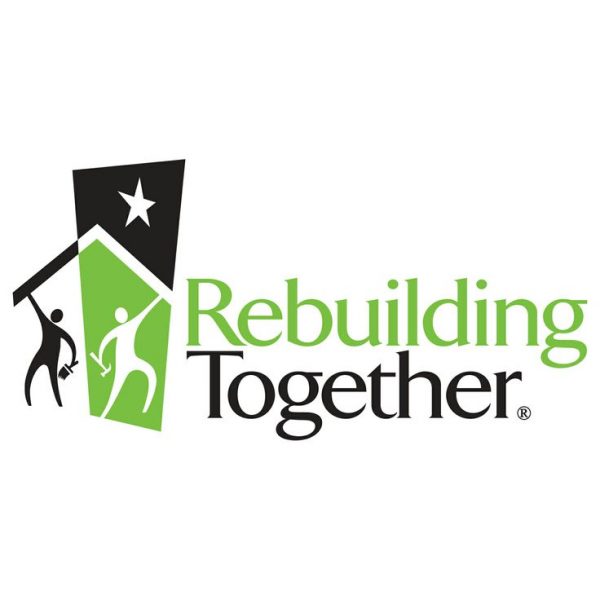
Rebuilding Together
A national nonprofit with 135 affiliate chapters that produces, distributes, supports, and enhances a Salesforce managed package designed for the affiliate organization model. The solution is currently in use by 21 affiliate chapters, with 15-20 more onboarding in 2018.
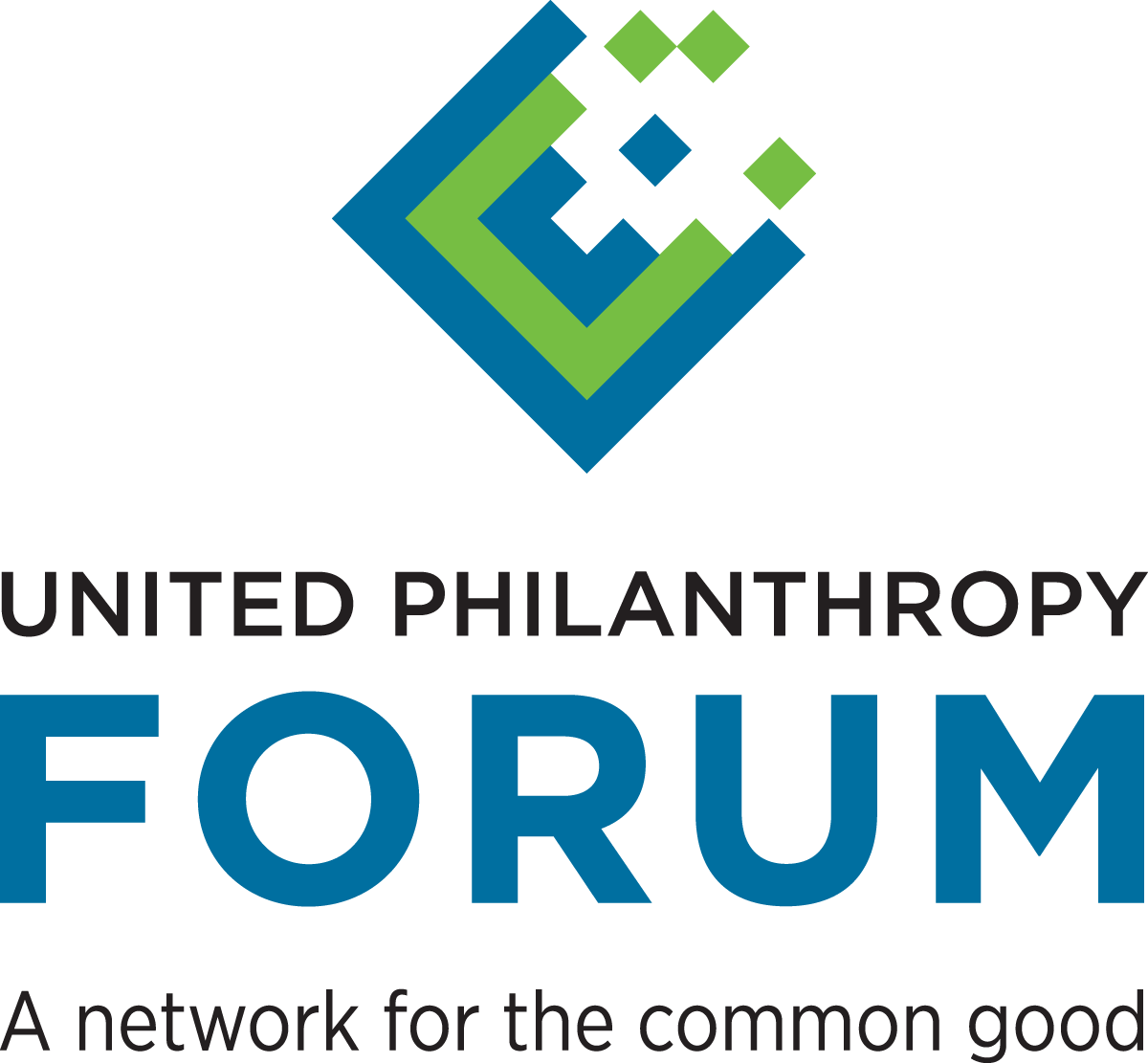
United Philanthropy Forum
A national membership association that distributes, supports, and enhances a Salesforce managed package designed for the affiliate member organization model. It’s currently in use by 30 member organizations.
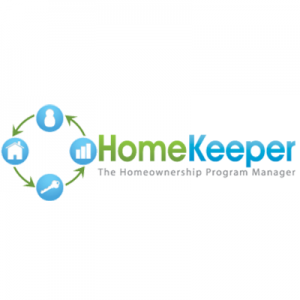
HomeKeeper
A Salesforce web application designed to help over 65 affordable housing and housing counseling programs better manage information and measure impact.
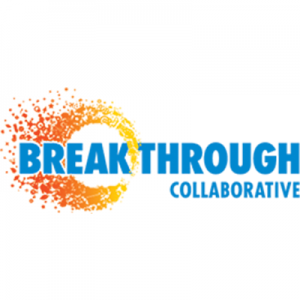
Breakthrough Collaborative
A national nonprofit producing an app for 25 chapters to track and share student lifecycle data in order to standardize, automate data tracking and analysis across our collaborative network.
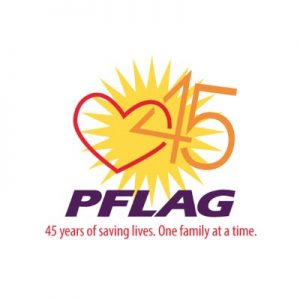
PFLAG
A national organization with 400 chapters committed to advancing equality through its mission of support, education, and advocacy.
And each year more organizations are joining the movement.
Creating impact at this scale is clearly complicated. Collaborative CRM Platforms require a high degree of cooperation between stakeholders, a significant upfront investment of resources (time and money), as well as a commitment from all involved for continued investment on an ongoing basis.
Future articles in this series will dive further into how to implement a Collaborative CRM Platform, as well as the various options to choose from. Special thanks to Edvestors for supporting this work.
For more information on Collaborative CRM Platforms please contact North Peak.
Want to read more? Check out our article on serving nonprofit networks with a Salesforce Managed Package.

Brian Pickett
Founder and CEO
North Peak brings together two of Brian’s great passions: supporting nonprofits and operational excellence. Early in his career Brian worked at a CRM software company, for a CRM consulting firm and as a CRM administrator for an early cloud computing firm; all formative experiences that created a vision for how CRM tools can emblazon organizations to be more effective with their limited resources. Brian has spent the last 12 years working exclusively with nonprofits, helping them succeed through integrated technology solutions using website, CRM, email, advocacy, online donations, and other tools with Salesforce at the core.
